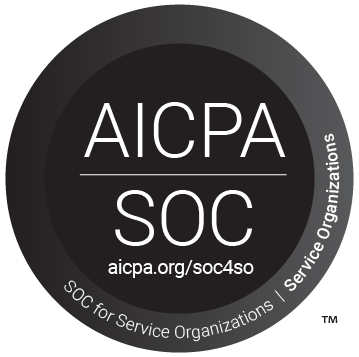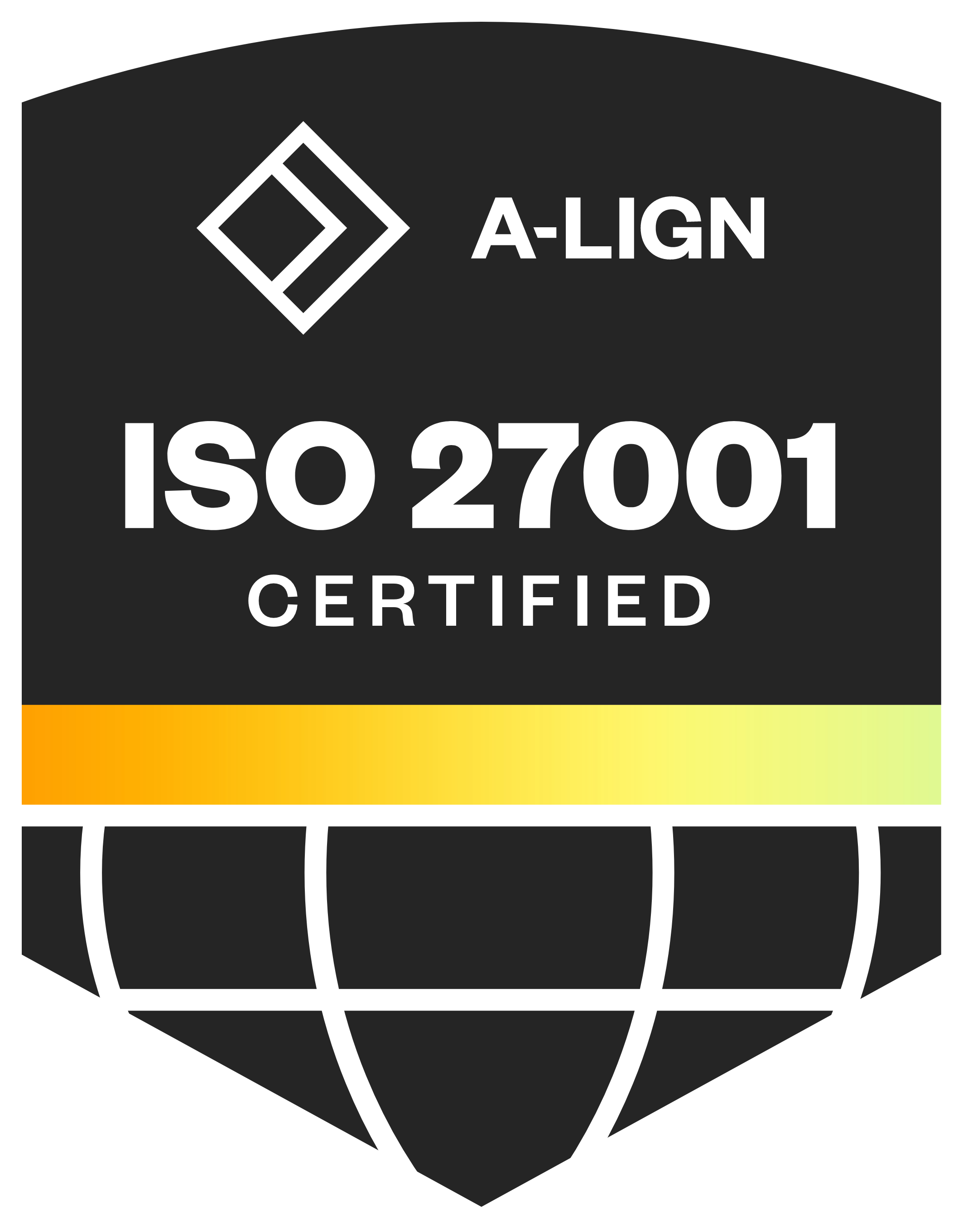7 video marketing trends to know in 2022

For marketers, video can no longer be considered a trend. In a 2021 State of Video Marketing report, 86% of businesses said they use video as a marketing tool. And 93% of respondents say it’s a critical part of their strategy. So how can your organization differentiate its video marketing strategy from the rest? We asked Socialive VP of Marketing Jennifer Burak to share her biggest predictions.
Trend 1
Highly interactive customer experiences that can be recorded and repurposed will take center stage for marketing
Until recently, marketing was driven by the attention economy, meaning initiatives were primarily meant to drive awareness and generate demand by fighting for and winning customers’ attention. Now, the marketing landscape is rapidly evolving in response to consumer platforms like Instagram, Twitch, and TikTok. These have led to the ascent of a new “creator economy” where the ongoing creation of authentic video content is ubiquitous. Just as Twitch captures the spirit of live video and makes it available on demand, today’s consumers want similar experiences from their brand interactions. Increasingly, businesses will adapt to meet this shifting demand; traditional digital touchpoints — including company websites, e-books, and webinars — will no longer suffice. I predict that 2022 will be the year when CMOs and heads of marketing refocus their efforts on creating highly interactive, live customer experiences that will be recorded and repurposed for on-demand content, including snackable clips. Humans are inherently drawn to the authenticity of a live experience, even if we’re not watching it in real time. Digital customer experiences will need to be done in a way that inspires, engages, and invites interaction that is much more dynamic, so consumers and businesses can take the authenticity of their video experiences to the next level.
Trend 2
Self-serve video content creation will become the primary way video is created in the enterprise
According to recent research, 94% of enterprise marketers see video as an effective tool to engage external audiences of customers, prospects, and partners. Marketers also face high volumes of video content requests, with 85% of teams needing to create new video content monthly. As the demand for authentic video increases, businesses need to provide a way for marketing professionals to easily create, broadcast, and distribute studio-quality video content at enterprise scale. I predict that video content creation will become fully democratized in 2022 through self-serve video technology. Every marketing professional will become empowered to create high-quality video content — regardless of their experience, expertise, or location.
Trend 3
To meet demand for video, enterprises will slash their video tech stack and consolidate into all-in-one video content creation, broadcasting, and distribution solutions
The video technology landscape is crowded with so many different software technologies and tools, and enterprise marketers are left wondering what’s best for their needs. Additionally, the complexity of these solutions made creating authentic, high-quality video content a time-consuming, high-cost process reserved for video professionals. In 2022, enterprises will move away from expensive niche solutions for hosting, managing, and distributing videos the traditional way, which requires full production teams, post-production studios, and extensive editing technology. Instead, I anticipate that organizations will evaluate and increasingly use all-in-one, cloud-based solutions that make the video content creation process not only massively easier and faster but also infinitely scalable, with broadcasting and distribution capabilities built right in.
Trend 4
Marketing professionals will move away from consumer tools in favor of enterprise-class solutions to securely create, broadcast, and distribute video content
Historically, organizations had two choices for video creation: hire a third-party consultant or work with their internal video services team. With the rise of video content options originally built for consumers like TikTok and Instagram Stories, a third option emerged — marketing professionals could create some types of video content themselves to communicate with their audiences. However, the consumer tools available on the market lack the high levels of quality and security needed for the enterprise, and their broadcasting and distribution capabilities are vastly limited. In 2022, I predict that many marketing professionals will move away from using consumer tools for business use cases they are not designed for. They will also either augment or replace consultants and internal video production houses with enterprise-class tools that let them securely create high-quality video content at scale — with the simplicity of consumer tools. The rise of a new class of enterprise-level video content creation solutions will fill in the gaps left by consumer tools.
Trend 5
Audio content will take a spot on center stage in 2022
2020 saw the rise of Clubhouse, a social audio app built for users to communicate in audio chat rooms. In the span of several months, it amassed millions of users. Its popularity spawned an avalanche of similar audio-based spaces from social media platforms, including Instagram, Twitter, LinkedIn, and Facebook. The growth of audio-based platforms highlights consumers’ thirst for more audio content, also evidenced by Edison Research’s March report, which notes that listening to audio content is at an all-time high. The number of people who consume audio content will continue to grow, and I predict that all or most video content will also be available as audio in 2022. Consumers will want the ability to shift seamlessly between audio and video content, and businesses will seek to provide a fluid listening experience to meet those demands.
Trend 6
Hybrid events will require both digital components on-site and short-form video content online to deliver engaging experiences for both in-person and virtual attendees
A hybrid event offers both virtual and in-person options for attendees. Companies have adopted this model as an effective way to engage prospects and customers at a time when not everyone is comfortable with in-person interactions, and virtual interactions have gone mainstream. However, hybrid events are challenging to host and for most organizations, execution will be uneven — either heavily favoring in-person attendees vs. virtual, or vice versa. Companies will be motivated to establish strategies and find the right tools to deliver equally engaging experiences for both audiences. Hybrid events in 2022 will prioritize having a strong digital component at in-person events and incorporate short-form video content throughout the virtual portion to create a deeply engaging experience.
Trend 7
Marketing professionals will prioritize smaller, more niche virtual events to truly build community
B2B marketers had to drastically pivot their event marketing strategies given the pandemic-induced restrictions on live, in-person events. Many marketers turned to virtual events, which, due to their accessibility and cost efficiency, quickly became a staple for driving awareness and connecting with external audiences. However, when you’re watching someone present a live talk to a camera rather than being face-to-face with a room full of people, it can make it harder to connect on a personal level. In 2022, marketers will incorporate smaller and more niche virtual events as part of their marketing strategy to offer more engaging and intimate experiences for attendees to truly connect with customers, share stories, and build community.


